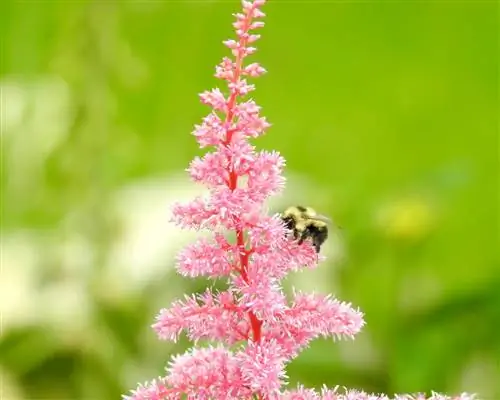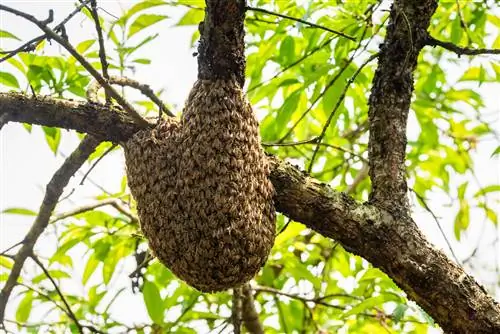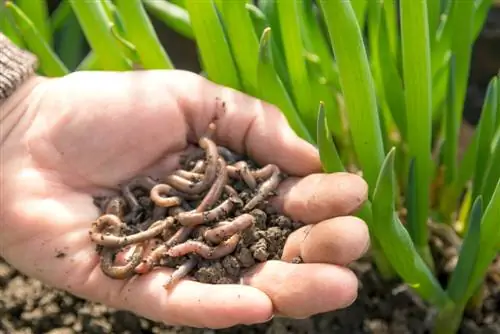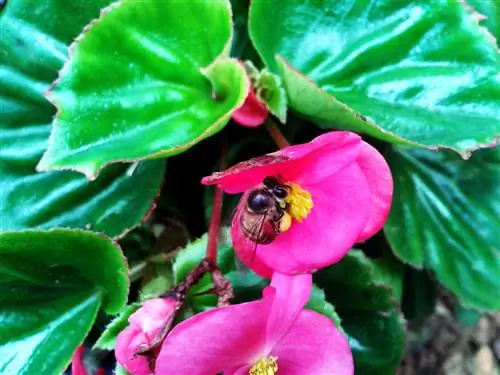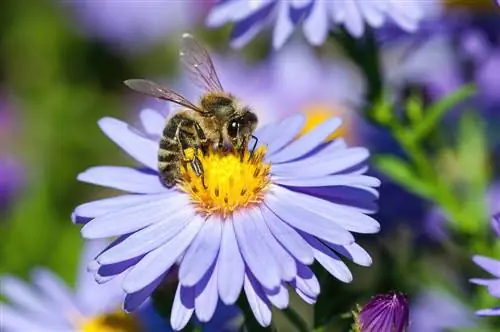- Author admin [email protected].
- Public 2023-12-16 16:46.
- Last modified 2025-01-23 11:22.
Bees normally fly towards the sun. Where the landscape is most colorful in summer. The astilbe, however, roots the shady part of the garden. Do they never meet? Not at all, because their magnificent flowers are too tempting and full of nectar.
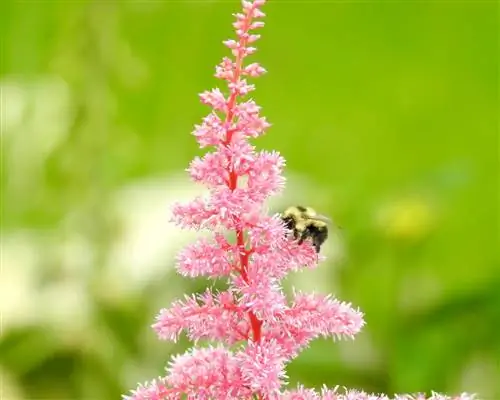
Astilbe good for bees?
Astilbes are ideal bee plants because they bloom profusely, offer lots of nectar and pollen and are also suitable for shaded areas. By combining different varieties of astilbe, a long feeding time for bees can be ensured.
Astilbe good for bees?
Astilbes areideal bee plants Because the flowers of the perennial from East Asia have a lot of nectar and pollen to offer. Since bees can tell which summer flowers are worth it and which ones are not, they fly to the splendor in large numbers and often. But other insects, such as bumblebees, also appreciate these precious gifts.
When do bees fly to astilbe?
The bees fly to the astilbe flowers throughout theentireflowering period. In this way they make use of the entire nectar and pollen supply, from the first to the last flower panicle. However, not all varieties bloom at the same time; the flowering time can even vary greatly depending on the variety. The Japanese spar (Astilbe japonica) covers the bee tablefrom May The conclusion is the Chinese spar (Astilbe chinensis), which closes the last panicles in September.
What speaks for the astilbe as a bee plant?
There are at least three good reasons to use the easy-care Astilbe as a bee pasture:
- blooms very lushly
- almost no alternativefor shaded areas
- can be used as ground cover
It is precisely the different heights and growth habits of the individual varieties as well as their shade tolerance that make it possible for even neglected places in the garden to become bee-friendly. The long-stemmed flower spikes of the astilbe are also suitable as cut flowers. This is how people and bees are happy.
Tip
Combine varieties for particularly long bee feeding
As a bee friend, take advantage of the different flowering times of the different Astilbe varieties. Plant early-blooming, mid-blooming and late-blooming varieties to create a mix that will provide food for the bees for a long, long time.

